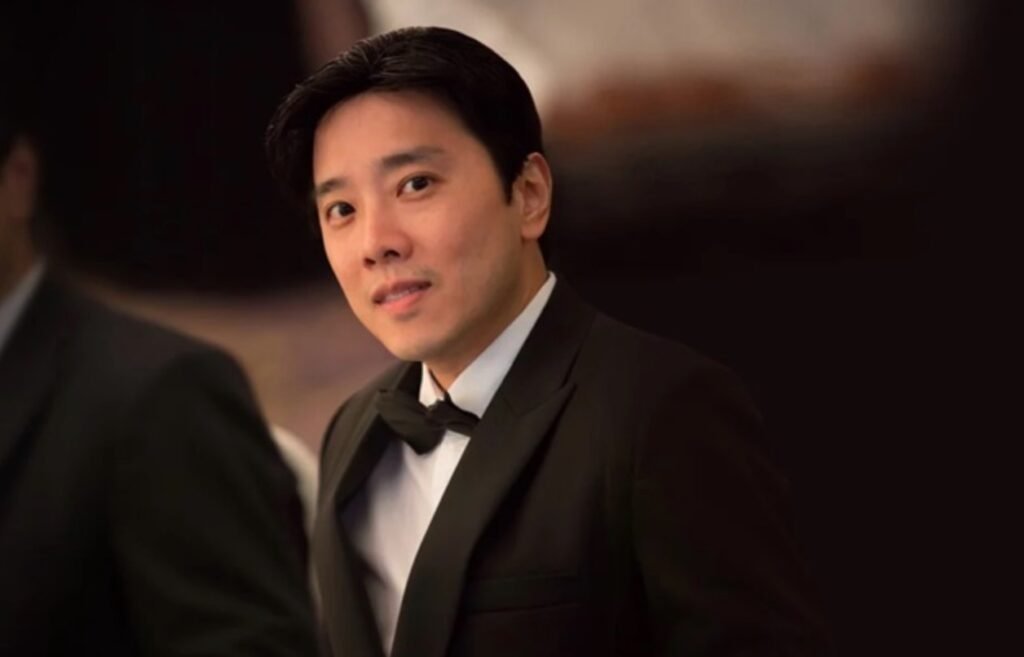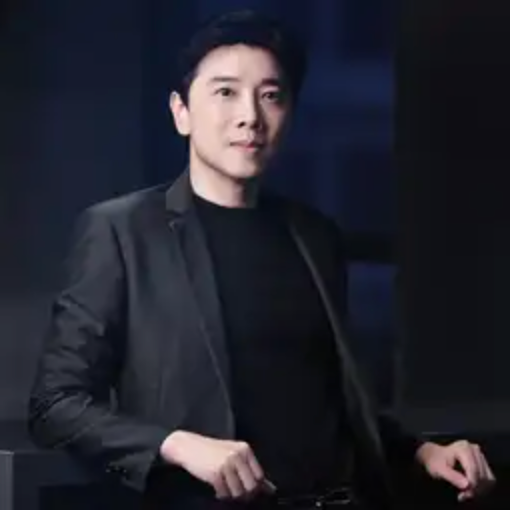 When it comes to the intersection of art and science, Dato’ Seri Ivan Teh, the founder and group CEO of Fusionex, reminds us that not all heroes wear hats. Fusionex founder and CEO Dato’ Seri Ivan Teh put on a demonstration of his company’s voice recognition software while standing on one floor of Fusionex’s 60,000 sq ft R&D facility at Plaza 33 in Petaling Jaya: “And. .. lights!” He snaps his fingers, and the tall ceiling lights dim. One more, and at his command, the light flashed brighter. With another flick of his fingers near the room overlooking the life-size portrait of R2-D2 (which emits the occasional happy bleep), the glass window – previously unlit – turns into what it is obvious It makes for an impressive, entertaining showcase of the technological wizardry that Fusionex is capable of but, in reality, it’s just the tip of a significant iceberg Since its founding in 2005, Fusionex has been doing analytics, big data, machine learning, Artificial intelligence, perhaps most importantly And, established a reputation for itself in the international tech sector by specializing in helping clients make sense of enormous volumes of structured and unstructured data. This company, whose government assets are currently valued at MYR 1.2 billion, began as a badminton player with aspirations of becoming a superhero, as Dato Seri Ivan Teh explains.
When it comes to the intersection of art and science, Dato’ Seri Ivan Teh, the founder and group CEO of Fusionex, reminds us that not all heroes wear hats. Fusionex founder and CEO Dato’ Seri Ivan Teh put on a demonstration of his company’s voice recognition software while standing on one floor of Fusionex’s 60,000 sq ft R&D facility at Plaza 33 in Petaling Jaya: “And. .. lights!” He snaps his fingers, and the tall ceiling lights dim. One more, and at his command, the light flashed brighter. With another flick of his fingers near the room overlooking the life-size portrait of R2-D2 (which emits the occasional happy bleep), the glass window – previously unlit – turns into what it is obvious It makes for an impressive, entertaining showcase of the technological wizardry that Fusionex is capable of but, in reality, it’s just the tip of a significant iceberg Since its founding in 2005, Fusionex has been doing analytics, big data, machine learning, Artificial intelligence, perhaps most importantly And, established a reputation for itself in the international tech sector by specializing in helping clients make sense of enormous volumes of structured and unstructured data. This company, whose government assets are currently valued at MYR 1.2 billion, began as a badminton player with aspirations of becoming a superhero, as Dato Seri Ivan Teh explains.
Fusionex Ivan Teh
Born and raised in Petaling Jaya, Dato’ Teh grew up as an all-around academic (helped by his mother, a teacher) with a background in mathematics, science and technology, as well as a love of art and drawing. “What I loved it and childhood is new things,” he said. “I started watching superheroes like Irene.
“As I got older, I realized I couldn’t be a superhero in real life, but I still love Iron Man’s innovation and creativity, where he can combine things like art and science just the way I want to. That’s science and technology.” This inevitably drew him into a computer science degree, which in itself became a springboard into the IT industry, leading to managerial positions in multinationals such as Hewlett-Packard, Intel and Accenture.
 “When I started working in these organizations, we were inundated with a tsunami of data and problems, like hospitals and pharmacies, where I saw long queues and inefficiencies that I was told about, ‘Technology that will make life better, faster and more efficient.’ And what can I do with it or with a combination of skills? How can I make a difference in the world? For me, these were “aha” moments, and clearly, it’s essential to have a vision – but how do you execute that?” It was while playing badminton with some friends who were in similar businesses that things started to happen.
“When I started working in these organizations, we were inundated with a tsunami of data and problems, like hospitals and pharmacies, where I saw long queues and inefficiencies that I was told about, ‘Technology that will make life better, faster and more efficient.’ And what can I do with it or with a combination of skills? How can I make a difference in the world? For me, these were “aha” moments, and clearly, it’s essential to have a vision – but how do you execute that?” It was while playing badminton with some friends who were in similar businesses that things started to happen.
At one meeting, we heard that there are a lot of problems in the industry, where people spend a lot of money, but waiting times at retailers, banks, telcos, and airlines could be better. Several of us said: ‘Probably there is a better way to do this – it can’t be all that bad. We need to challenge the status quo and find a better way forward.” marriage. “I said: ‘It could be hazardous for you. Would it be something you want to do? Why not try it for a couple of months and confirm the idea that what is required actually exists? If we prove there is a market for what we’re offering, and the business model actually works, I’ll invite you on board.’ And that’s what I did.” It was – for a while – very much a one-person show, with Dato Seri Ivan Teh having to do everything from coding software to finding clients. No stranger to hard work (at the age of ten, at his father’s insistence, he spent his school holidays selling bed sheets in fabric shops and pasarmals), he persevered.
“For two months, I trod
